Health integral to condiment innovation 20200218 Food

Difference Between Condiments and Spices
Spices and condiments are like magic bridges connecting cultures. Sharing and understanding different ways of life is more than just adding flavor to our food. A sprinkle of a new spice or a mix of condiments can bring people together and break down barriers. It's like getting a taste of their culture and history when you try a flavor from.
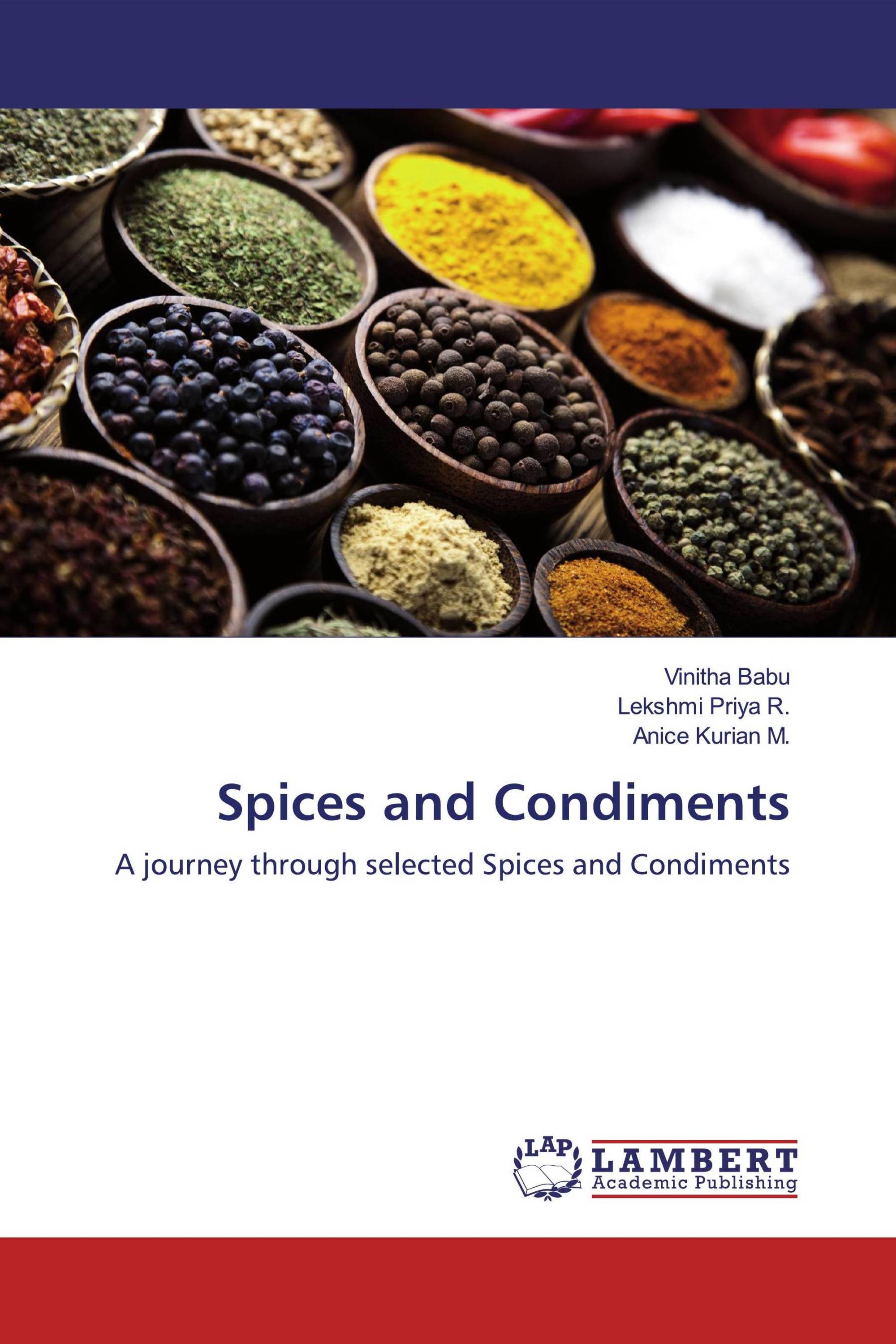
Spices and Condiments / 9786200237248 / 9786200237248 / 6200237247
Coleslaw - Salad consisting primarily of finely-shredded raw cabbage. Compote - Dessert of fruit cooked in syrup. Crushed red pepper - Condiment or spice made from red peppers. Dip - Type of sauce. List of common dips - Type of sauce. Disodium inosinate - umami paste. Fish paste - Paste made of fish meat.

Herbs, Condiments And Spices Stock Photo Image of garlic, salt 66305484
These essential condiments recipes are easy to make, and they're sure to impress your guests. Serve these condiment recipes on the side of your grilled meats and vegetables. Use them as dipping sauces for chips, vegetables, or french fries. Add them to sandwiches, wraps, or salads. Use them as marinades or glazes for grilled meats.

Spices & Condiments Complete Information Including Health Benefits
Add sauerkraut to a salad, coleslaw, or your sandwich. 7. Hummus. Hummus is a tasty condiment made by blending chickpeas, tahini, garlic, olive oil, lemon juice, and salt. In addition to plant.

Spices and condiments cooking ingredients poster Vector Image
Third, if you find the list below overwhelming, don't panic. Opt for a preselected collection like Spicewalla's Kitchen Essentials, the Spice House's Kitchen Starter Collection or Essential.

A guide to low FODMAP herbs and spices A blog by Monash FODMAP The
Let's define what each term means. A condiment is a substance that is added to food to enhance its flavor or texture. Condiments are typically served on the side or used as a topping. Examples of condiments include ketchup, mustard, mayonnaise, and relish. A spice, on the other hand, is a dried seed, fruit, root, bark, or vegetable substance.

Condiments, Herbs, Spices, and Seasonings What Are the Differences
Condiments and Spices. Premium Spices. Gourmet Sea Salt. Mustard. Gourmet Sauces & Spreads. Great-tasting gourmet meals begin with high quality cooking ingredients and a knack for creatively seasoning dishes. To help you out we've carefully selected the most seductive and exotic gourmet spices and gourmet condiments, like aromatic Spanish.
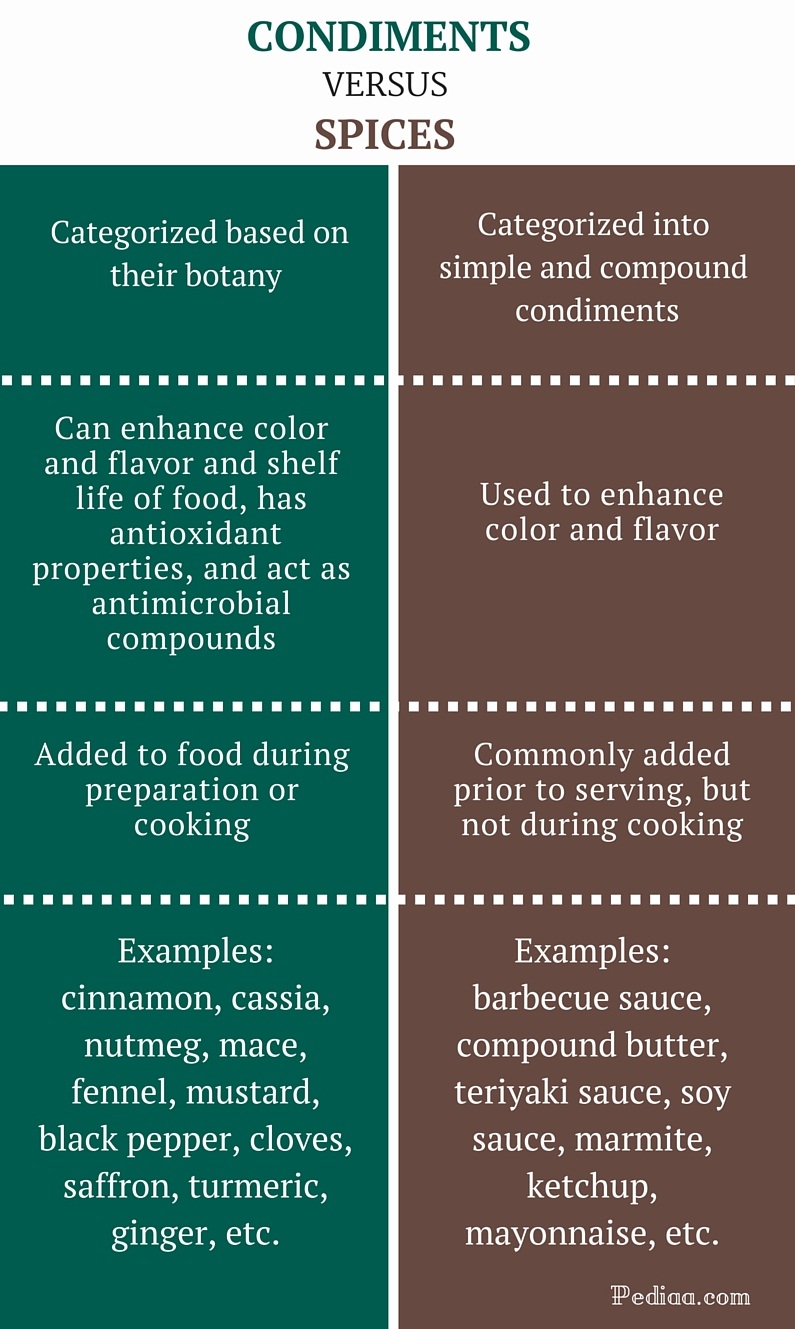
Difference Between Condiments and Spices
Curry powder or gālí fěn (咖喱粉) is a spicy powder made by blending spices like turmeric, cardamom, cinnamon, cumin, cloves, fenugreek, chili peppers, and nutmeg. It was designed by British colonists to imitate the complex flavors of Indian curries and came to Southern Chinese cuisine by way of British colonists in Hong Kong.
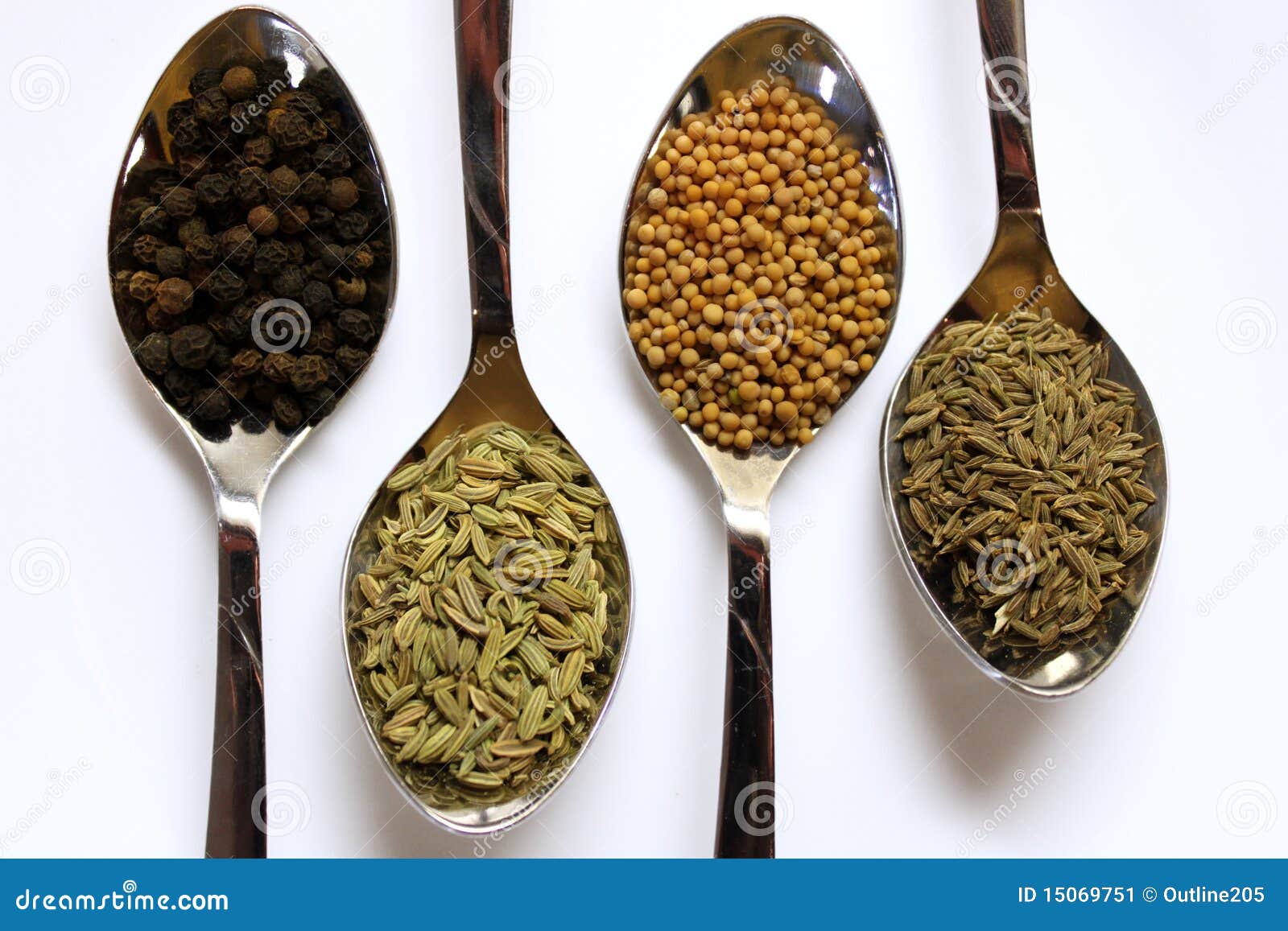
Spices and condiments stock image. Image of ingredient 15069751
Spices, conversely, are primarily aromatic or pungent substances derived from plants and are used to season or flavor foods, most commonly during the cooking process. 15. While condiments can be standalone items like ketchup, mayonnaise, or mustard, spices often come from specific parts of plants like seeds, bark, or roots.
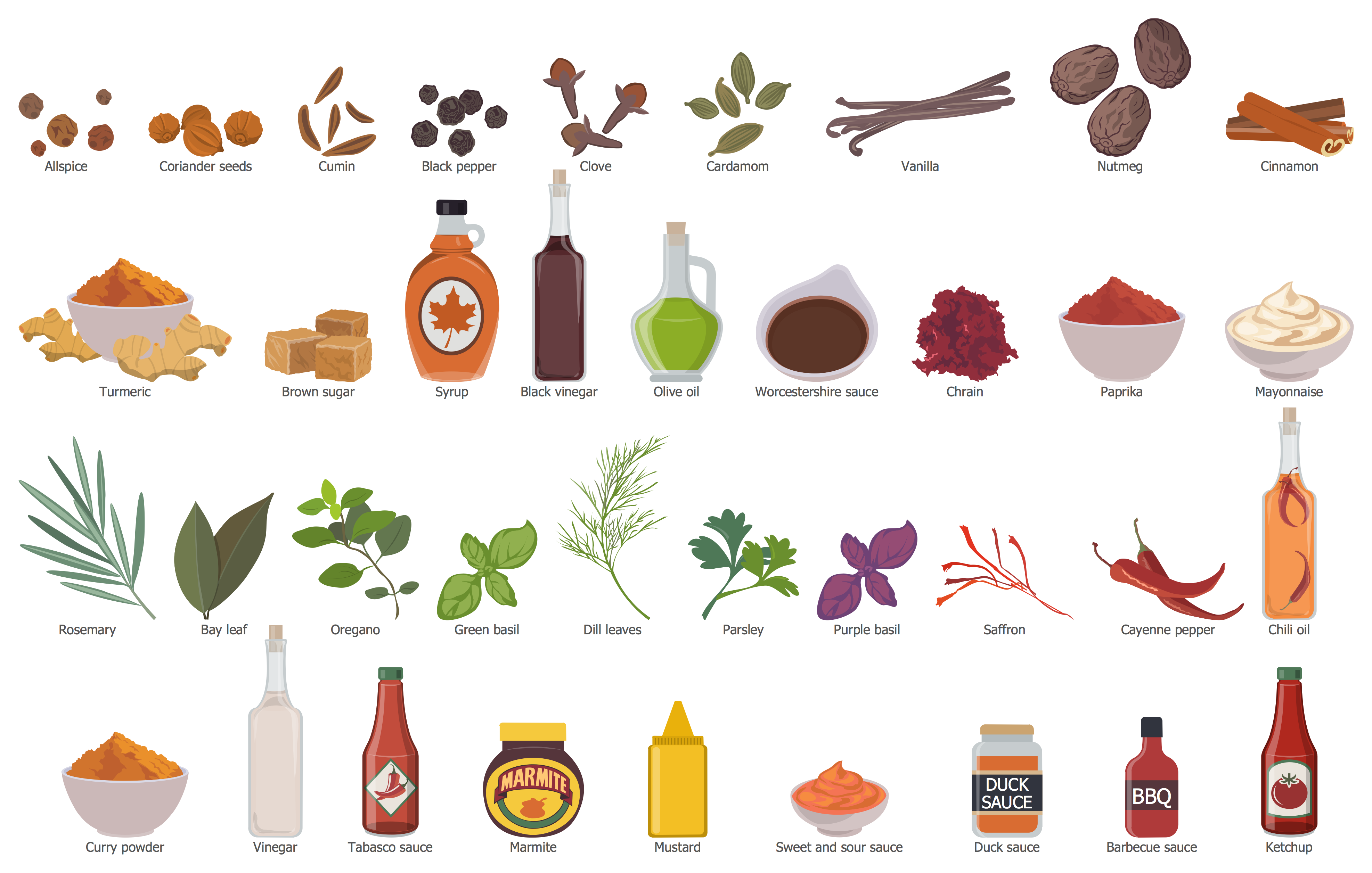
Food Recipes
Homemade Garam Masala. This traditional Indian spice blend adds warm, earthy, floral depth to countless…. Daikon-Carrot Pickle (Do Chua) Quick-pickled carrot and daikon adds a tangy, crunch to Vietnamese dishes. Za'atar. The combination of dried herbs, toasted sesame seeds, and tart, citrusy sumac ma….

Know the benefits of Spices and Condiments GetInsight
A List of the 27 Essential Cooking Spices You Need to Know. Written by MasterClass. Last updated: Aug 5, 2021 • 15 min read. A tiny amount of spice can dramatically alter a dish, adding distinctive flavor to otherwise bland ingredients. A tiny amount of spice can dramatically alter a dish, adding distinctive flavor to otherwise bland ingredients.

Various Spices and Condiments Stock Photo Image of copy, chilli 55877694
Spices, typically in the form of dried roots, bark, and fruit, are used by the cook to aromatize and flavor a dish during cooking. Condiments, mostly in the form of sauces, relishes, and dressings, are used by the eater to personalize the dish. Spices are dried and come from the seeds, the roots, the bark, and the fruit of trees, shrubs, and.

Indian condiments and Spices hmhub
Condiments: Supplements added to food after it has been cooked. Herbs: Leaves, flowers, or stems of plants used for flavoring or as a garnish. Seasonings: Ingredients used in the preparation of food before it is cooked. Spices: Seeds, fruits, roots, and barks, used for flavoring, coloring, or preserving food.

Aromatic Spices The Basic Ingredients of Indian Cuisine Delishably
Spices, Condiments and Seasonings (2nd ed.). MA, USA: Aspen Publishers. p. 291. ISBN 9780834213371. International Organization for Standardization (2009). 67.220: Spices and condiments. Food additives. Linda Civitello (2007). Cuisine and culture: a history of food and people. John Wiley and Sons. ISBN -471-74172-8.
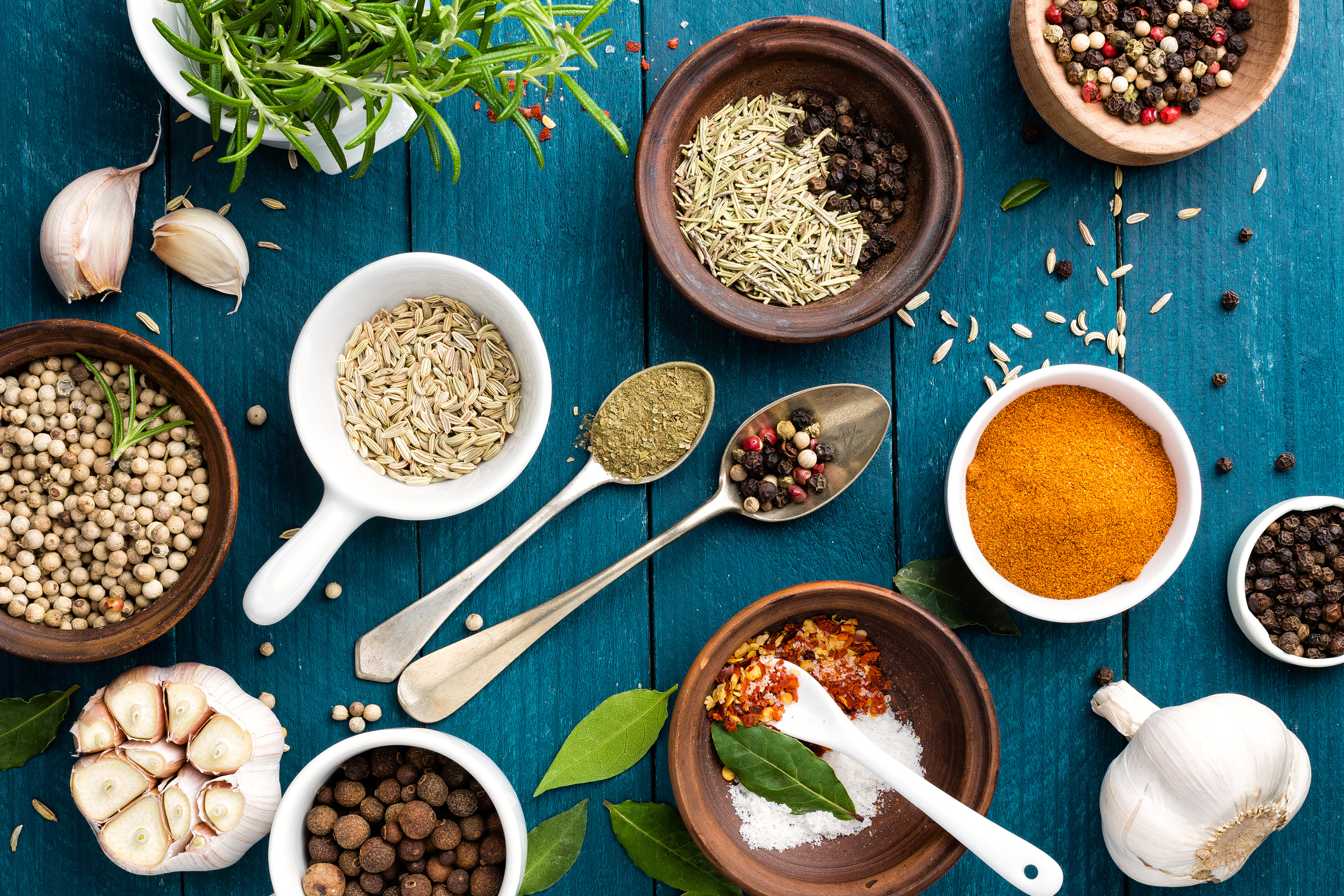
Condiments, Herbs & Spices Nourished Blessings
Frequently Asked Questions (FAQs) on Spices and Condiments. Frequently asked questions related to spices and condiments are listed as follows: Q.1. Name a few Spices and Condiments. Ans: Cardamom, Pepper, Fennel, Fenugreek, Soya sauce, chilly sauce, etc., are a few examples of spices and condiments. Q.2. Define Spices.

10 Healthy Condiments to Keep On Hand Buy or Make at Home!
Spices usually give a depth of flavor, a pleasant aroma, an appealing color during the cooking process, and a nutritional value to the food. On the other hand, the condiments are usually considered as supplementary components for food used after cooking or at the table when serving. Simple and compound condiments can contain one, two, or more.